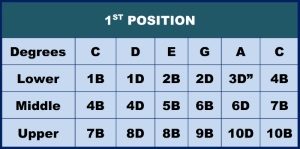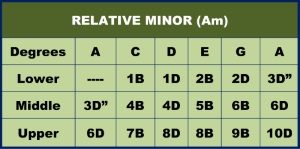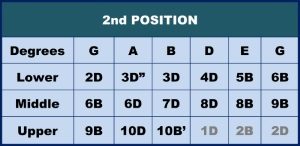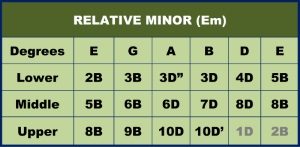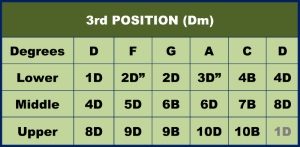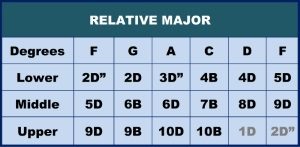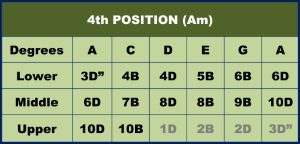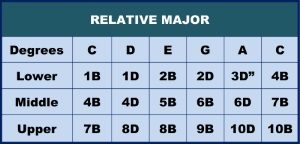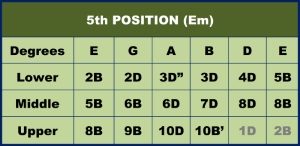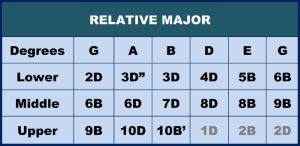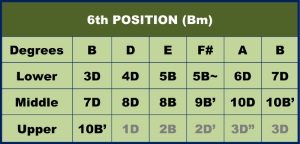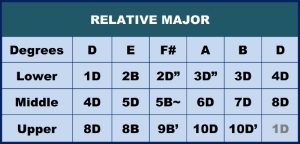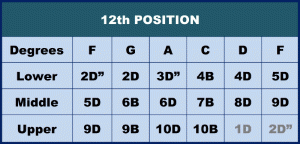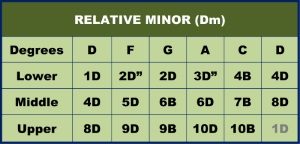Now I’m the king of the swingers, the jungle VIP
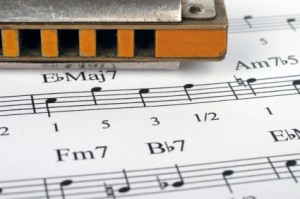 As diatonic harmonica players we often bring a bluesy signature to musical events. Jumping up and blowing the back of it is what it’s all about. And whether or not we have mastered all our bends, or understand song structure and chord progressions, we tuck in undaunted.
As diatonic harmonica players we often bring a bluesy signature to musical events. Jumping up and blowing the back of it is what it’s all about. And whether or not we have mastered all our bends, or understand song structure and chord progressions, we tuck in undaunted.
At the outset this is not a bad thing. First time nerves and performance anxiety are important hurdles for any harmonica player to clear. Raw enthusiasm and sympathetic family members will provide ample fuel and reward; at least on the first few occasions.
There comes a watershed however, when novelty value tapers and musical limitations emerge. We realise there is a yawning chasm between a harp player and a musician playing the harmonica. Guitarists are busy shredding song after song and sounding great every time. They also remember all the song keys. Meanwhile the the rhythm section is confidently adding groove and direction to proceedings. Their sorcery is not born of a secret pact with dark forces, nor their ability to drop in chromatic steps that may eclipse our diatonic capabilities.
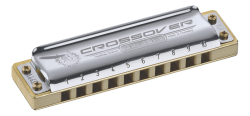 The difference comes down to basic musical convention, which many harp players take time to discover, beginning with scales. At the Harp Surgery we sometimes often equate learning music to learning a language. If we extend this metaphor, notes are our words, and scales are our dialect. Learning scales and selecting the most appropriate one for any particular song will instantly lift our musicality and the plaudits we receive. With this in mind, no scale is more fundamental to musical safety than the Pentatonic Scale. for now, think of this as the five strongest notes available in any particular key.
The difference comes down to basic musical convention, which many harp players take time to discover, beginning with scales. At the Harp Surgery we sometimes often equate learning music to learning a language. If we extend this metaphor, notes are our words, and scales are our dialect. Learning scales and selecting the most appropriate one for any particular song will instantly lift our musicality and the plaudits we receive. With this in mind, no scale is more fundamental to musical safety than the Pentatonic Scale. for now, think of this as the five strongest notes available in any particular key.
The clips above, My Girl and Chuck E’s in Love both capture the pentatonic scale in a nutshell. When it comes to soloing on any instrument, pentatonic scales provide the musical mantelpiece on which you to display all your souvenirs. With practise, you’ll be able to range the full extent of your harmonica in a number of positions and really start to cut it with rest of the band. What’s more, the shapes, sequences and sweet spots you learn on one harp can be readily transferred to any other ten hole diatonic harp.
I reached the top and had to stop
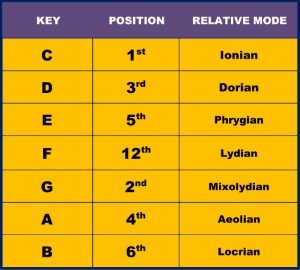 To open up the sound of the major pentatonic on your harmonica (and yes there is a minor pentatonic; it’s the blues scale with the middle note missing), simply play the major scale from 4B (first position) but leave out the fourth and seventh notes of the scale. It’ll sound slightly oriental, as it provides the foundation of a lot of far eastern music.
To open up the sound of the major pentatonic on your harmonica (and yes there is a minor pentatonic; it’s the blues scale with the middle note missing), simply play the major scale from 4B (first position) but leave out the fourth and seventh notes of the scale. It’ll sound slightly oriental, as it provides the foundation of a lot of far eastern music.
If you have a piano, simply play the five black keys up and down from F#. This gives the same audible result. In time we can take this arrangement and move to different keys, or starting points, on the same harmonica. When we do this from 2D (second position) we’ll need to include bend 3D”, which in time will introduce a country or old-time aspect to our playing.
And that’s what’s botherin’ me
Using a 10 hole C major harmonica, let’s check out the pentatonic scales starting on each of the seven notes in the C Major Scale. This way you’ll soon be able to play in seven different keys, in seven different modes and in seven different positions, all on the same harp. The index shown is a check list of keys, positions and modes on a C major harmonica. You can find more information about positions and modes on separate pages in our Harp Theory menu.
______________________________________________________________________________________________________________
Listen to Paul de Lay work up and down the 1st Position Pentatonic:
_______________________________________________________________________________________________________________
Listen to Little Walter use the ascending 2nd Position Pentatonic for the opening of Juke:
Now hear Rod Piazza extend this up another octave:
_______________________________________________________________________________________________________________
This pentatonic is great over minor keys, but it can also be used for major keys.
Here are Madness working the Minor Pentatonic on One Step Beyond:
Other examples are Scarborough Fair, and Sugar Blue on the Rolling Stones Miss You.
_______________________________________________________________________________________________________________
Another useful one for minor playing.
_______________________________________________________________________________________________________________
Another useful one for minor and major playing.
_______________________________________________________________________________________________________________
Another useful one for minor and major playing. (Bend the E to Eb for a more Major sound)
_______________________________________________________________________________________________________________
And back to an essentially major feel with a film score quality to it.
_______________________________________________________________________________________________________________
So give me the secret, man-cub, clue me what to do
Once you spend time exploring the information above, it becomes apparent that different keys are inter-related. When we start to apply these to songs structures and their chord progressions, we can begin to think and play outside the box. When we then go back and listen to the greats, it’s with a fresh understanding of why they’re playing what they do, as well as enjoying what we hear.
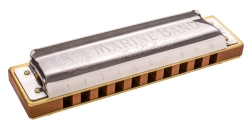
Once you’ve figured out the major pentatonic panorama, start to work on the minor pentatonic. This is the blues scale with one note missing. On a C harp play 2D 3D’ 4B 4D 5D 6B. This is the sound of the minor pentatonic scale. Now connect 4B and 4D, using 4D’: 2D 3D’ 4B 4D’ 4D 5D 6B. Now you have the the blue scale!


